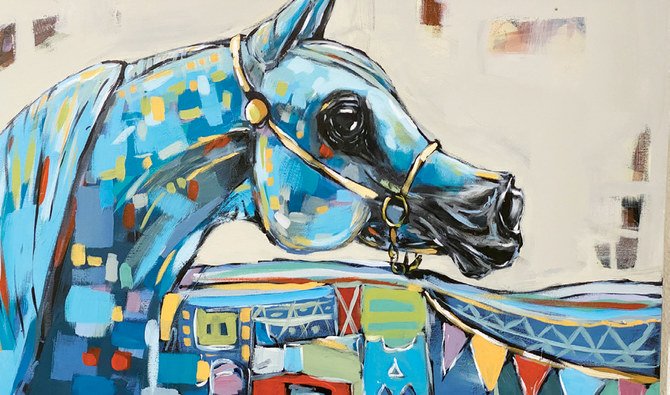
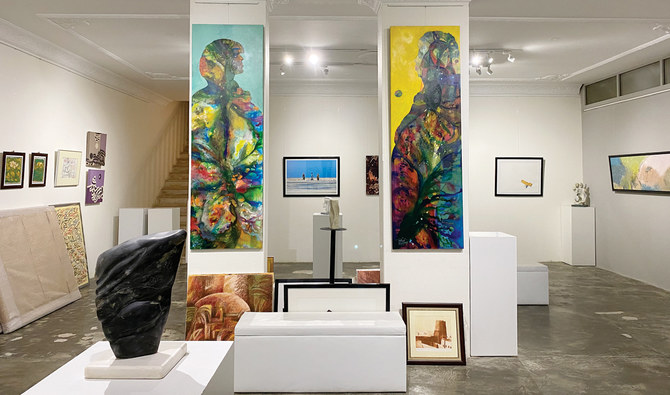
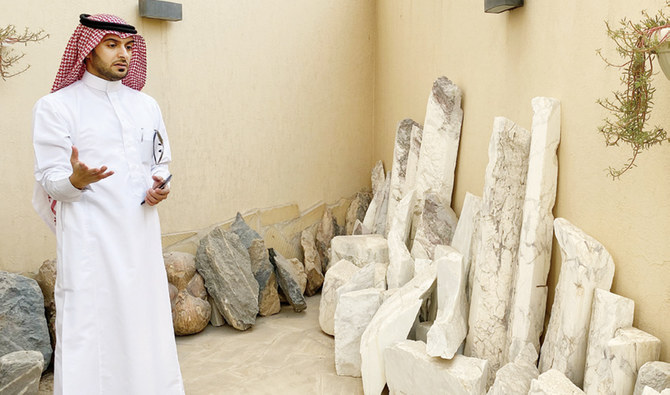
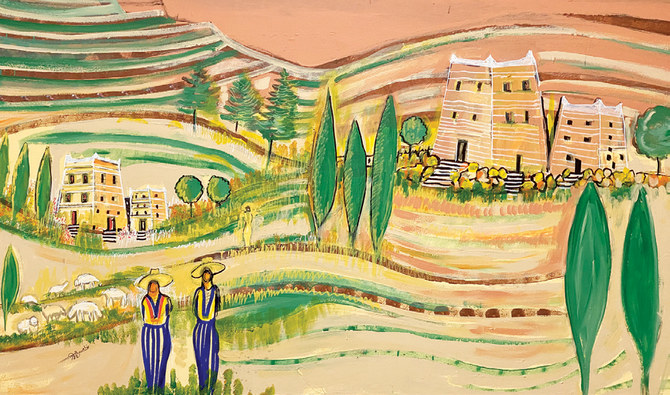




Hala Tashkandi, Riyadh
There is no doubt that the art scene in Saudi Arabia is taking off at last, with many artists finally feeling like their years of hard work are being recognized. With unprecedented support from government institutions like the Ministry of Culture, and private organizations like Art Jameel, Saudi artists are finally getting their moment in the spotlight.
Saudi sculptor Talal Altukhaes is one of them. Apart from being known internationally for his work in sculpture, he is also a keen art collector who has organized and managed several art exhibitions both inside and outside the Kingdom.
After a private tour of his studio and gallery, Talal met with Arab News to discuss the country’s burgeoning art scene, the extent of his contributions, and what he hopes to see happen to the country in the near future.
Altukhaes grew up fascinated by the work of his uncle, the renowned sculptor Ali Al-Toukhais. “He is my uncle, and also my mentor. Not only did I love him as my uncle, but I was also a fan of him and his work. He was so happy when I told him I was ready to make my first sculpture in 2009, he said he’d been waiting for it,” he said.
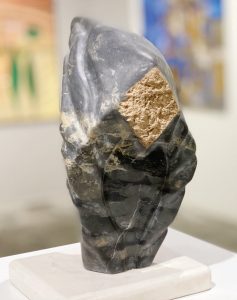
Growing up in Dawadmi, a town “smack-dab in the heart of Saudi Arabia” which recently unveiled several key archeological sites that could date back to the early Umayyad or Abbasid eras, Altukhaes was inspired by the natural beauty of the surrounding landscape. He and his uncle have both channeled their love for their hometown into their art, taking rough local stones that would generally be considered less glamorous than marble and turning them into stunning works of art.
Though his favorite medium to work with is marble, Altukhaes has made sculptures from metal, ceramic, and even rocks which he has collected himself from all over Saudi Arabia. “I have rocks here from Dawadmi, from Madinah, and even some I collected from Neom before it became famous,” he said.
However, despite his renown as a sculptor, he is also known for his love of visual arts as a whole. After spending the first five years of his career showcasing his sculptures at 180 different events, he decided to devote more time to developing the local art scene.
To that end, he established his studio, Noqtah. Named for the Arabic word for the dot used to differentiate between letters, Altukhaes, who once wished to become a calligrapher, felt like it was a good way to pay tribute but also express his personal art style.
BACKGROUND
“I practiced calligraphy for 12 years before I realized that I was never going to reach the level of skill that I wanted. When I moved on to sculpting, every sculpture that I’ve ever made has been inspired by the shapes of the Arabic language, and its points or dots,” he said.
Inside his studio, Altukhaes has built a private gallery to house his art collection, which contains priceless artworks by the likes of Safeya Binzagr (the only Saudi artist to have her own museum) Ahmed Felemban, Fatimah Al-Nemer, Othman Alkhuzaim, and countless others. Though the gallery is not open to the public yet, he has hosted tours for several visiting dignitaries and ambassadors and lent some of the artworks out for showcasing in galleries from across the world.
Altukhaes said that he would love to see more museums dedicated to Saudi art in the country. “We desperately need it. It would give Saudi art so much credibility and so much importance. Saudi art is relatively new, we can’t compare our 50 or 60-year-old history with 500 and 600-year-old histories like those of Europe, so we started our journey late. But we have so much potential here. I can’t wait for more museums devoted purely to Saudi art to open here,” he said.
However, Altukhaes said he was happy that the art scene in Saudi Arabia has changed so much in the past few years, and that more opportunities are made available every day. “With all of the attention on Saudi Arabia at the moment, with so many foreigners and foreign representatives visiting, we can show them just what Saudi artists are capable of,” he said.
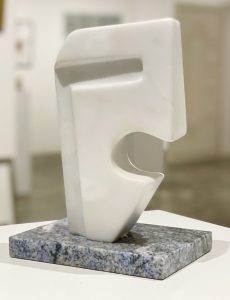
Though he has arranged several exhibitions in collaboration with the US Embassy in Riyadh in the past few years, he hopes to see more appreciation from other foreign embassies and galleries.
“I’ve had the German ambassador, the Taiwanese ambassador, and many others visit my studio to view my collection. This is my role, to present just a small fragment of Saudi art to the world,” he said.
He also hopes to conduct workshops for Saudi artists and sculptors in the future. After a successful trial with 30 students from Princess Nourah University’s art and design program, he is looking forward to a repeat experience. “At this point in my career, I don’t have the time or the funds, but it’s definitely on my mind,” he said.
However, if he wants people to know one thing, it is this: “Serving your country can be done in more than just (one) way. I serve my country by contributing to the spread of art, and the love of art. Almost all of the work I’ve done in that regard has been nonprofit and completely voluntary.
“We need to appreciate Saudi art and Saudi artists, and show the whole world what they can do.”